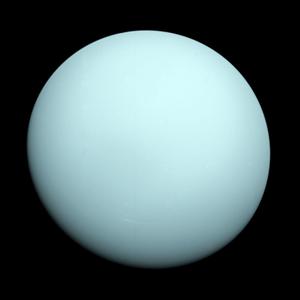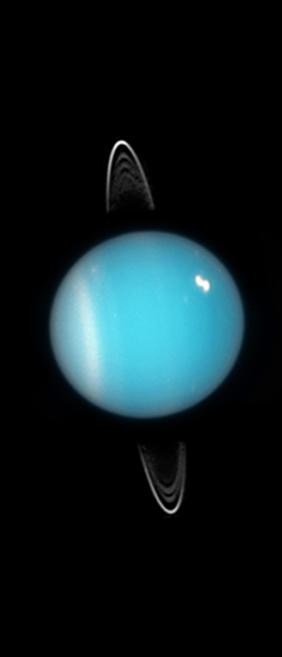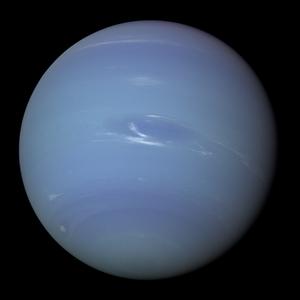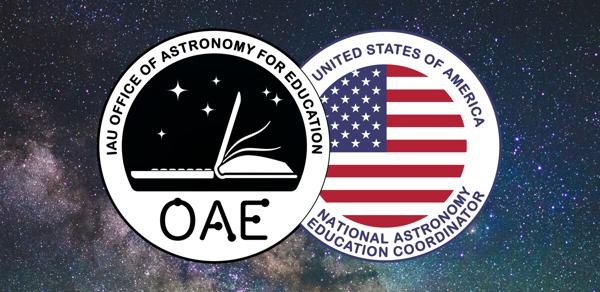Glossary term: Outer Planets
Description: In our Solar System, the outer planets are Jupiter, Saturn, Uranus, and Neptune. Their orbits are outside the asteroid belt, and all of those planets are so-called giant planets, with an extremely thick atmosphere made up mostly of hydrogen. This makes them physically distinct from the inner planets, each of which is a comparatively small rocky body with a comparatively thin atmosphere.
Planets around stars other than our Sun do not necessarily fall into inner and outer groups with similar characteristics – we know a number of stars with at least one gas giant, a "hot Jupiter", in close orbit.
Related Terms:
See this term in other languages
Term and definition status: This term and its definition have been approved by a research astronomer and a teacher
The OAE Multilingual Glossary is a project of the IAU Office of Astronomy for Education (OAE) in collaboration with the IAU Office of Astronomy Outreach (OAO). The terms and definitions were chosen, written and reviewed by a collective effort from the OAE, the OAE Centers and Nodes, the OAE National Astronomy Education Coordinators (NAECs) and other volunteers. You can find a full list of credits here. All glossary terms and their definitions are released under a Creative Commons CC BY-4.0 license and should be credited to "IAU OAE".
Related Media
Jupiter's Rotation, by Vishal Sharma, India
Credit: Vishal Sharma/IAU OAE
License: CC-BY-4.0 Creative Commons Attribution 4.0 International (CC BY 4.0) icons
Jupiter Moons Movie2, by Nicolas Hurez, Paul-Antoine Matrangolo, and Carl Pennypacker, United States of America
Credit: Nicolas Hurez, Paul-Antoine Matrangolo and Carl Pennypacker/IAU OAE
License: CC-BY-4.0 Creative Commons Attribution 4.0 International (CC BY 4.0) icons
Jupiter, Io and its shadow, by Ralf Burkart, Germany
Credit: Ralf Burkart/IAU OAE
License: CC-BY-4.0 Creative Commons Attribution 4.0 International (CC BY 4.0) icons
Jupiter
Credit: NASA, ESA, and A. Simon (Goddard Space Flight Center) credit link
License: CC-BY-4.0 Creative Commons Attribution 4.0 International (CC BY 4.0) icons
Saturn
Credit: NASA, ESA, A. Simon (Goddard Space Flight Center), and M.H. Wong (University of California, Berkeley) credit link
License: CC-BY-4.0 Creative Commons Attribution 4.0 International (CC BY 4.0) icons
Uranus in natural colours
Credit: NASA/JPL-Caltech credit link
License: PD Public Domain icons
Uranus with rings
Credit: NASA, ESA, and M. Showalter (SETI Institute) credit link
License: PD Public Domain icons
Neptune
Credit: NASA / JPL / Voyager-ISS / Justin Cowart credit link
License: PD Public Domain icons
















